
New Cell Media Will Change the Way We Study Cancer
The first synthetic cell culture medium was formulated 60 years ago by an American physician named Harry Eagle. As a pathologist, Dr. Eagle needed a way to keep cells alive

The first synthetic cell culture medium was formulated 60 years ago by an American physician named Harry Eagle. As a pathologist, Dr. Eagle needed a way to keep cells alive
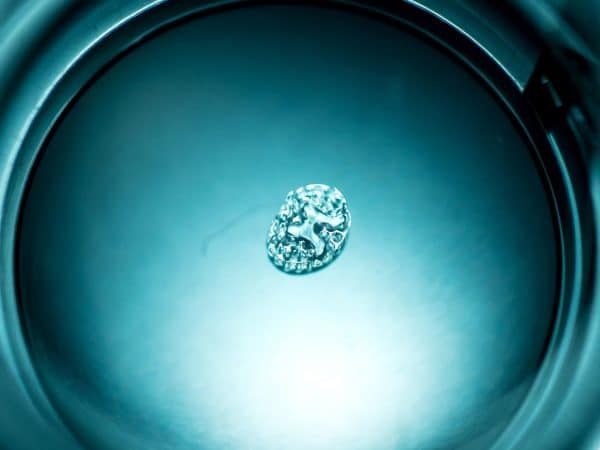
This awesome article by WIRED profiles a team at UC San Diego that has bioprinted a section of spinal cord that can be custom-fit into a patient’s injury. These living

The fight to ban cosmetic animal testing recently scored a major victory when California became the first US state to pass a bill that would ban testing cosmetics on animals.
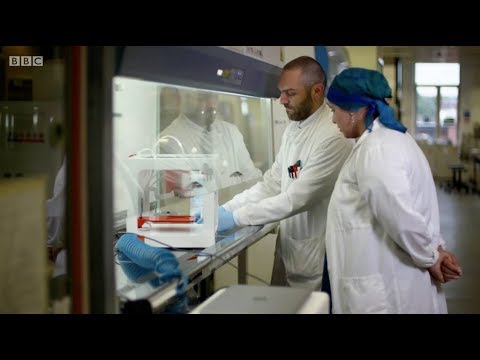
BBC’s The One Show recently stopped by Dr. Sam Pashneh-Tala’s lab at the University of Sheffield to learn more about tissue engineering and 3D bioprinting. Dr. Pashneh-Tala’s research is focused
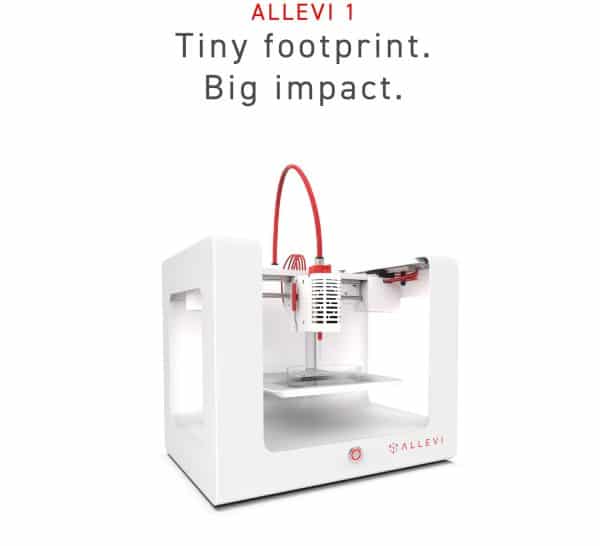
We are proud to share the newest addition to our family of bioprinters – the Allevi 1. With the smallest footprint, widest material capabilities and best price tag of any
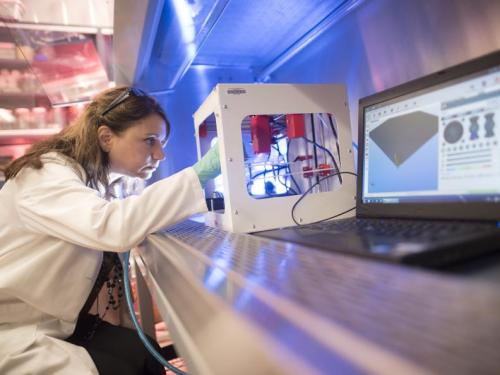
Allevi customer, Dr. Angela Panoskaltsis-Mortari, speaks to the University of Minnesota Health Blog about her ground-breaking bioprinting research at UMN using the Allevi BetaBot. Read on for the full story:
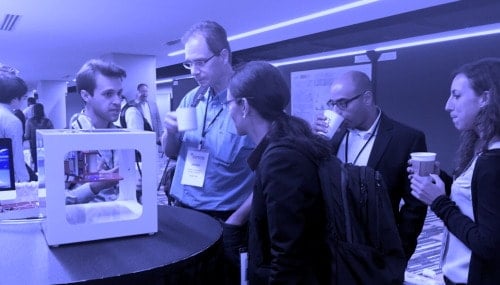
Last week was a big week for bioprinting and tissue engineering. You may have heard that we officially came out of Beta and launched the most advanced 3D bioprinter ever created

3D bioprinters are steadily becoming a staple in research and health settings around the world—and Russian researchers from the 3D Bioprinting Solutions lab just outside Moscow are proving just how powerful they

Check out the amazing work that our collaborators, Dr. Kevin Costa and his lab, are doing at Mount Sinai! From the article: Scientists have successfully grown human heart tissue in

Here at Allevi, we’re always keeping an eye out for research being done in tissue engineering and stem cell biology. Together, these disciplines form the backbone of regenerative medicine. So, it’s
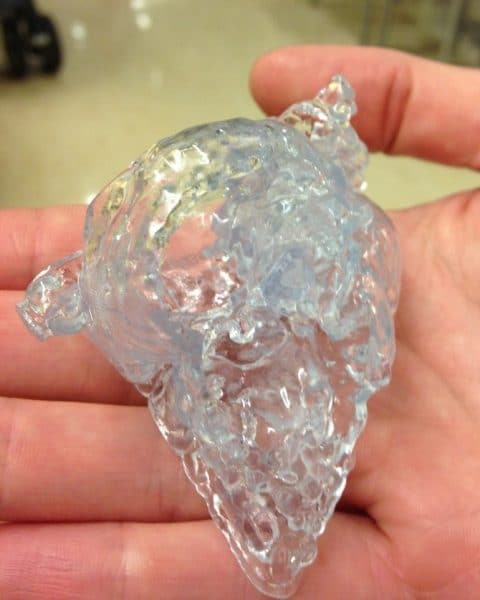
Here’s some BIG, heartwarming news in the world of 3D bioprinting and medical science—literally heartwarming because through the use of a 3D printed heart, doctors were able to save the

Technological progress is marked by highly disruptive technologies – technologies that people don’t think they need when a new market comes up, but which fundamentally change the way we live